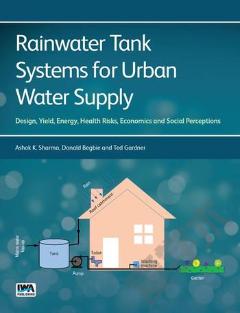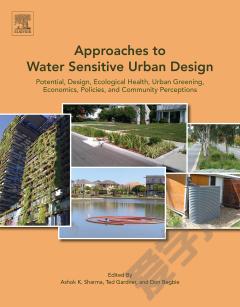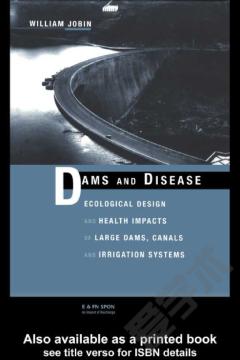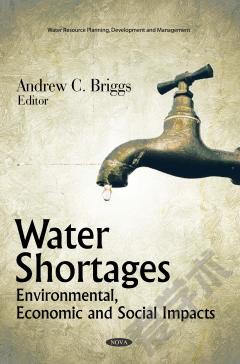Rainwater Tank Systems For Urban Water Supply —— Design, Yield, Energy, Health Risks, Economics And Social Perceptions
----- 城市供水的雨水箱系统:设计,产量,能源,健康风险,经济与社会观念
Rainwater tank systems have been widely adopted across the world to provide a safe local source of water in underdeveloped rural areas, a substitution for mains water for non potable end uses in water stressed urban areas, as well as providing flooding control in monsoonal climates such as Korea, or combined sewer systems such as Germany. The importance of these systems in cities has grown, as water managers seek to provide a range of decentralised solutions to supply constraints of current water supply systems, whilst reducing the impact of urban development on the natural environment, and increasing resilience to the impacts of climate change. Rainwater tank systems are now often implemented under integrated urban water management (IUWM) and water sensitive urban design (WSUD) philosophies, which take a holistic view of the urban water cycle. Rainwater Tank Systems for Urban Water Supply is based on a comprehensive, multi-million dollar research program that was undertaken in South East Queensland (SEQ) Australia in response to the Millennium drought when the water supply level in the regions drinking water dams dropped to 17% in July 2007 and the area came close to running out of water. In particular, the book provides insights and detailed analysis of design, modelling, implementation, operation, energy usage, economics, management, health risk, social perceptions and implications for water quality/quantity of roof water runoff. The approaches and methodologies included in Rainwater Tank Systems for Urban Water Supply inform and validate research programs, and provide insights on the expected performance and potential pitfalls of the adoption of rainwater tanks systems including: actual harvested yield and resulting mains water savings, optimal sizing for rainwater storages and roof collection systems, expected water quality and implications for managing public health risks, modelling tools available for decision support, operation and management approaches of a decentralised asset at the household scale and community acceptance. The book is suitable for use at undergraduate and post graduate levels and is of particular interest to water professionals across the globe, who are involved in the strategic water planning for a town, city or a region. It is a valuable resource for developers, civil designers, water planners, architects and plumbers seeking to implement sustainable water servicing approaches for residential, industrial and commercial developments.
{{comment.content}}








 京公网安备 11010802027623号
京公网安备 11010802027623号